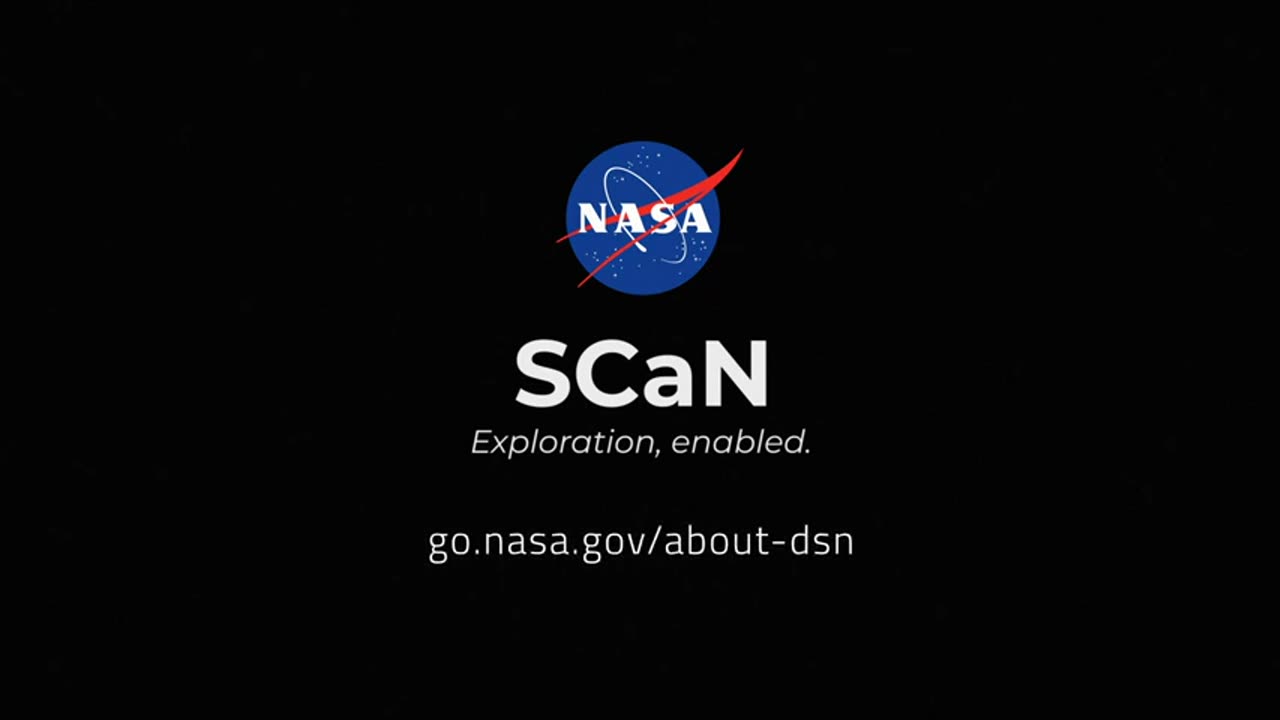Premium Only Content

How NASA Uses Gravity and Radio Waves to Study Planets and Moon
The Deep Space Network, NASA’s international collection of giant radio antennas used to communicate with spacecraft at the Moon and beyond, helps scientists and engineers use gravity and radio science experiments to learn more about our planetary neighborhood.
After reaching a spacecraft reaches its destination, it uses radio antennas to communicate with the Deep Space Network, which in turn transmits radio signals back to the spacecraft. Every spacecraft travels in a predetermined path emitting radio signals as it orbits around its target. Scientists and engineers can infer the spacecraft's location and how fast it's going by measuring changes in the spacecraft's radio signal frequency. This is made possible by the Doppler effect, the same phenomenon that causes a siren to sound different as it travels towards and away from you.
The Doppler phenomenon is observed here when the spacecraft and the Deep Space Network antenna move in relation to each other. Differences between the frequency of radio signals sent by the spacecraft as it orbits and signals received on Earth give us details about the gravitational field of a planetary body. For example, if the gravity is slightly stronger, the spacecraft will accelerate slightly more. If gravity is slightly weaker, the spacecraft will accelerate slightly less. By developing a model of the planetary body's gravitational field, which can be mapped as a gravitational shape, scientists and researchers can deduce information about its internal structure.
The Deep Space Network was developed by and is managed by NASA’s Jet Propulsion Laboratory (JPL) in Southern California. The antennas of the Deep Space Network are the indispensable link to robotic explorers venturing beyond Earth. They provide the crucial connection for commanding our spacecraft and receiving never-before-seen images and scientific information on Earth, propelling our understanding of the universe, our solar system and ultimately, our place within it.
JPL manages the Deep Space Network for the Space Communications and Navigation (SCaN) Program, based at NASA Headquarters within the Space Operations Mission Directorate.
-
 11:49
11:49
Nikko Ortiz
19 hours agoCrazy Instant Karma Clips
33.2K21 -
 LIVE
LIVE
MrR4ger
4 hours agoSOLO DOLO QUESTING - ESCAPE FROM TARKOV PVE IS FUN??? *NEW R4GER RIFFS MONDAY!!**
219 watching -
 LIVE
LIVE
Anvilight
6 hours agoWorld of Warcraft | Returning to Scotland AND Azeroth! | Scotsman Unites The American Clans
84 watching -
 16:21
16:21
Actual Justice Warrior
1 day agoSuper Mayor Replacement SCAMS Voters
30.4K16 -
 3:44:22
3:44:22
Sacred Sage
4 hours ago $0.97 earnedClair Obscur: Expedition 33: How MASSIVE Is This Map?!
16.1K2 -
 LIVE
LIVE
The Goon Room
6 hours agoConan Exiles Restart
70 watching -
 10:17
10:17
Dr Disrespect
3 days agoIt's Time To Get Serious
168K24 -
 2:04:24
2:04:24
Side Scrollers Podcast
1 day agoColbert CANCELLED, Donkey Kong Bananza “Disappointing”, $100k in Pokémon STOLEN | Side Scrollers
28.1K8 -
 1:17:57
1:17:57
Omar Elattar
1 month ago"The #1 Health Protocol" – Gary Brecka REVEALS The Longevity Secrets of Ronaldo, Dana White & Top 1%
27.6K1 -
 21:29
21:29
GritsGG
19 hours agoUpdate Your Loadout w/ This KILO Sniper Support Build!
23.2K4